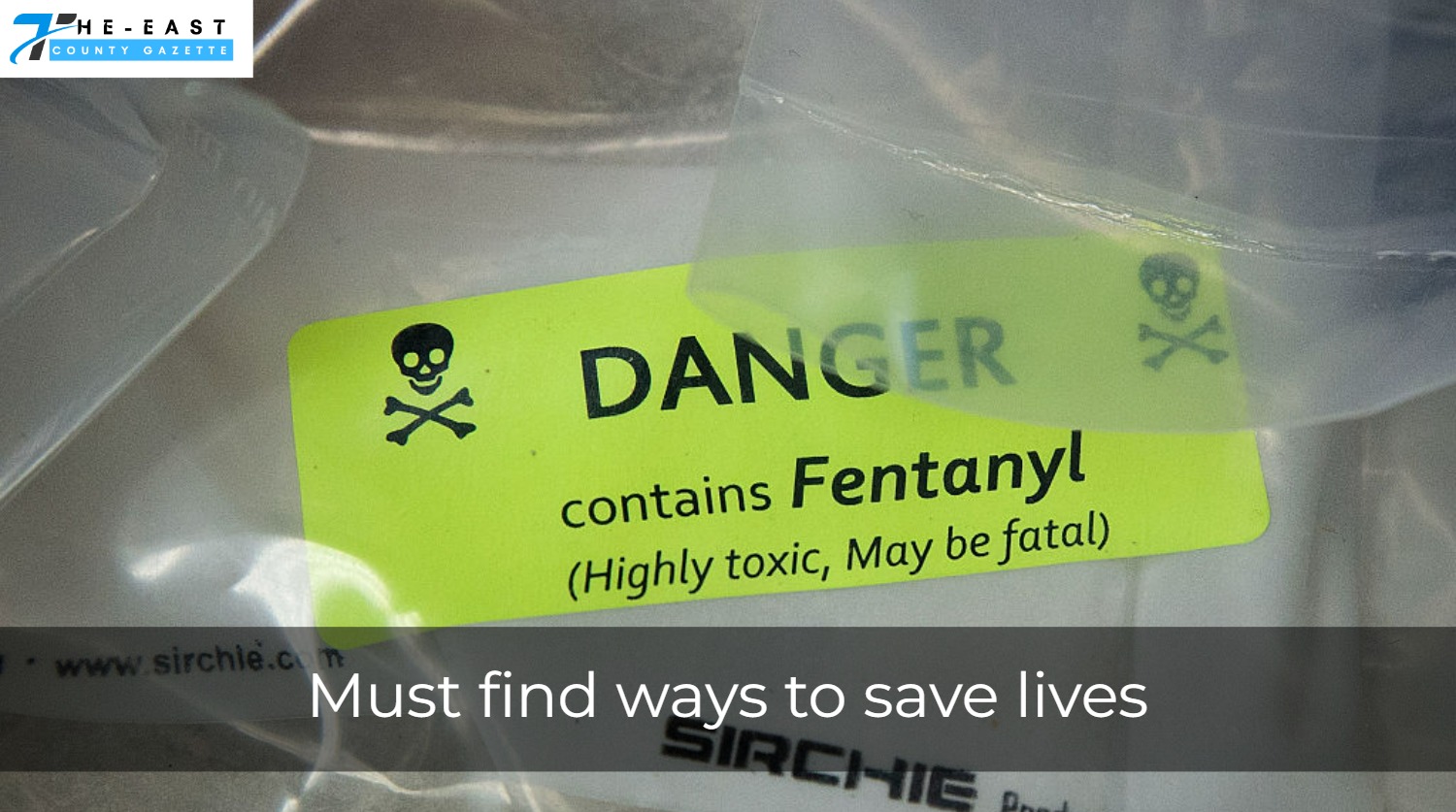For Americans between 18 and 45, fentanyl is estimated to be the leading cause of mortality from overdoses and overall deaths. There will be 4,813 overdose deaths in Texas in 2021, an increase of about 16 percent from the previous year.
Recent research suggests that a fentanyl test strip, a detection tool that looks and works similarly to COVID-19 tests available over the counter, could help curb the high number of deaths caused by opioids.
The fentanyl test strip is efficient to find the presence of fentanyl
When soaked in water containing a trace amount of the drug, the strips will reveal one line if fentanyl is present and two if it is not. But it’s against the law in Texas to conduct such testing. Test strips for the opioid analgesic fentanyl are part of the aggressive harm reduction strategy for dealing with addiction. The system doesn’t focus on deterring drug use. When they do, it’s about making sure they don’t damage themselves.
Naloxone (trade name Narcan), an easy-to-use medicine that can reverse the effects of an opioid overdose, is the most commonly embraced form of harm reduction. In response to the “third wave” of the opioid epidemic that began in 2013 with the growth in the availability of fentanyl on the black market.
Strips are banned since they are classified as “drug paraphernalia”
 All U.S. states, including Texas, have eased limitations on access to naloxone. Creating government-sanctioned, supervised facilities where users can acquire clean syringes and use drugs in the company of a healthcare worker is an alternative harm-reduction strategy that has gained less traction in recent years.
All U.S. states, including Texas, have eased limitations on access to naloxone. Creating government-sanctioned, supervised facilities where users can acquire clean syringes and use drugs in the company of a healthcare worker is an alternative harm-reduction strategy that has gained less traction in recent years.
In the entire country, only two locations (both in New York City) have been given the green light. Test strips for fentanyl have a moderate level of acceptability. Some states, including Tennessee and New Mexico, have made possession of the strips legal, making them more accessible.
However, in around half of the states, including Texas, the strips are still banned since they are classified as “drug paraphernalia,” which puts them in the same category as bongs and blunt sheets. Everything designed to detect or “analyze” restricted substances has been illegal in Texas since the Controlled Substances Act was passed in 1973.

